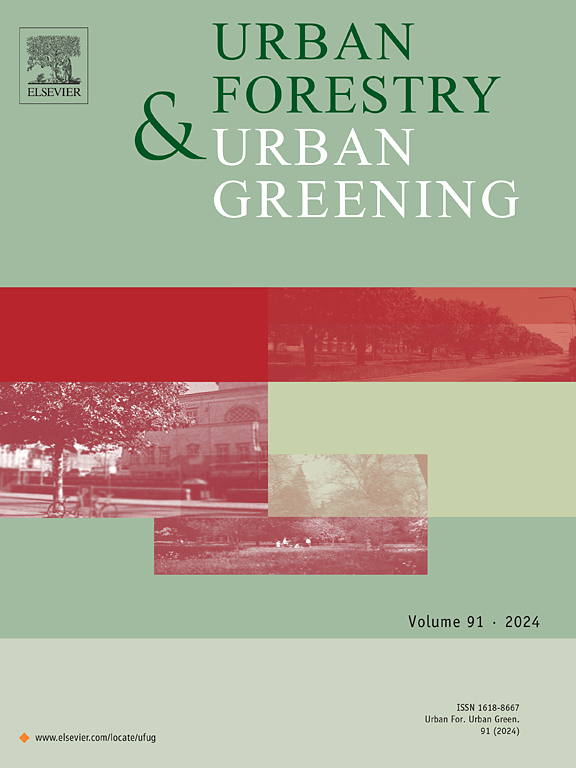Adding a mosaic mowing regime to urban lawns is the key to city biodiversity management for pollinators
Abstract
City populations are growing rapidly, with built-up areas occupying ever-larger areas within the cities. One of the last green places in a city is urban lawns. Our study aimed to investigate how lawn management changes can contribute to improving insect pollinator biodiversity at the city scale. Over two years, we studied dozens of urban lawns in Prague (Czech Republic) that were partially left unmown, and we selected three major groups of pollinators: Lepidoptera, Coleoptera and Hymenoptera. This study showed that leaving unmown lawn areas has a strong positive effect on insect biodiversity. The high intensity of lawn flowering through the vegetation season was also crucial. Our research showed that leaving unmown parts of urban lawns is one of the key amendments to maintain or even increase pollinator biodiversity in cities. It also appears to be the best way to attract red-listed species. A significant reducing mowing frequency to achieve a higher flowering intensity should be a positive solution. So-called insect gardening by reducing urban lawn mowing frequency or leaving parts of lawns completely unmown can help not only pollinators but also other animals that find food or shelter in them. This management will also enable the propagation of flowering plants. Additionally, biodiversity measures coincide with reducing evapotranspiration and thus cooling urban heat islands.

 求助内容:
求助内容: 应助结果提醒方式:
应助结果提醒方式:


